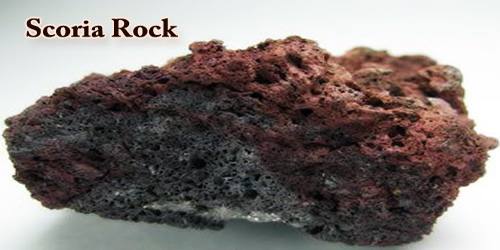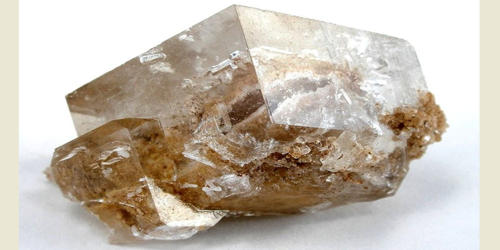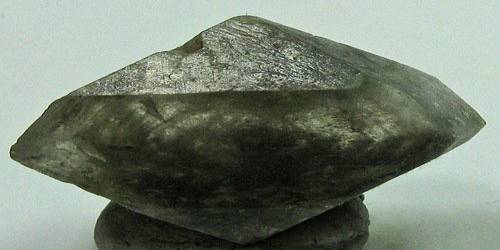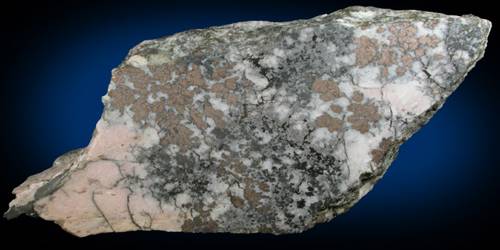Definition –
Scoria is a dark-colored igneous rock (or volcanic rock) with abundant round bubble-like cavities known as vesicles. The word scoria comes from the Greek σκωρία, skōria, rust. A colloquial term for scoria is cinder. It is typically dark in color (generally dark brown, black or purplish-red), and basaltic or andesitic in composition. Foamlike scoria, in which the bubbles are very thin shells of solidified basaltic magma, occurs as a product of explosive eruptions (as on Hawaii) and as frothy crusts on some pahoehoe (smooth or billowy-surfaced) lavas. Other scoria, sometimes called volcanic cinder, resembles clinkers, or cinders from a coal furnace.
Scoria is relatively low in density as a result of its numerous macroscopic ellipsoidal vesicles, but in contrast to pumice, all scoria has a specific gravity greater than 1 and sinks in water. The holes or vesicles form when gases that were dissolved in the magma come out of solution as it erupts, creating bubbles in the molten rock, some of which are frozen in place as the rock cools and solidifies.
Many people believe that small pieces of scoria look like the ash produced in a coal furnace. That has resulted in particles of scoria being called “cinders” and the small volcanoes that erupt scoria to be called “cinder cones.” Chemical analysis of scoria found in Yemen showed that it was mainly composed of volcanic glass with a few zeolites (e.g. clinoptilolite). Most scoria is composed of glassy fragments and may contain phenocrysts.
Scoria differs from pumice, another vesicular volcanic rock, in having larger vesicles and thicker vesicle walls and hence is denser. The difference is probably the result of lower magma viscosity, allowing rapid volatile diffusion, bubble growth, coalescence, and bursting.
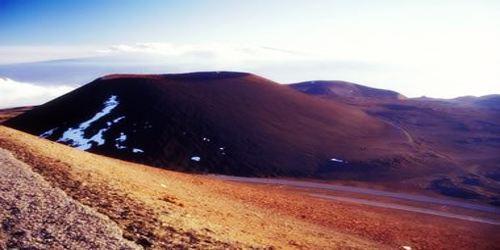
Sources of Scoria –
Scoria can be found in regions where Earth’s volcanic activity occurs. It is a ruthless rock filled with air bubbles ranging from black to dark red. It is created as gas runs out of a volcano and the rock strikes around.
Scoria is gathered around the vents of a volcano. The cone-shaped hill formed by Scoria is called an ash cone. In some parts of the world, there are large areas with many cone cones called volcanoes. Scoria-producing volcanoes usually have short eruptions and are not very long. It is often used as a lightweight aggregate that is added to the landscape or to the concrete.
Composition and Formation of Scoria –
Scoria is a volcanic igneous rock. Also referred to as scoriaceous basalt, a term commonly used to indicate basaltic pumice. It is commonly composed of approximately 50% silica and 10% calcium oxide with lesser contents of potash and soda. It is an extrusive igneous rock whose major minerals are plagioclase, pyroxene, and olivine. Minor mineral contents may include apatite, biotite, hematite, hornblende, ilmenite, magnetite, and quartz. It has a relative hardness of 5-6.
Scoria forms when magma containing abundant dissolved gas flows from a volcano or is blown out during an eruption. As the molten rock emerges from the Earth, the pressure upon it is reduced and the dissolved gas starts to escape in the form of bubbles. If the molten rock solidifies before the gas has escaped, the bubbles become small rounded or elongated cavities in the rock. This dark-colored igneous rock with the trapped bubbles is known as scoria.
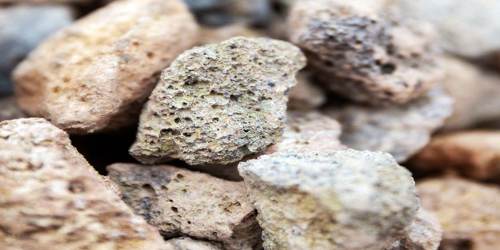
When some volcanoes erupt, a rush of gas blows out of the vent. This gas was once dissolved in the magma below. The gas often blows out small bodies of magma that solidify as they fly through the air. This action can produce a ground cover of scoria all around the volcanic vent, with the heaviest deposits on the downwind side.
Volcanic cones of scoria can be left behind after eruptions, usually forming mountains with a crater at the summit. An example is Maungarei in Auckland, New Zealand, which like Te Tatua-a-Riukiuta in the south of the same city has been extensively quarried. Quincan, a unique form of Scoria, is quarried at Mount Quincan in Far North Queensland, Australia.
Small particles of scoria that litter the landscape around the volcano are known as “lapilli” if they are between 2 millimeters and 64 millimeters in size. Larger particles are known as “blocks.”
Uses of Scoria –
Scoria has several useful characteristics that influence how it is used. It is somewhat porous, has a high surface area and strength for its weight, and often has striking colors. Consequently, it is often used in landscaping and drainage works. It is also commonly used in gas barbecue grills.
Concrete made with scoria typically weighs about 100 pounds per cubic foot. This is a weight saving compared to concrete made with typical sand and gravel that weighs about 150 pounds per cubic foot. This savings in weight allows buildings to be constructed with less structural steel. The air trapped in the scoria makes the lightweight concrete a better insulator. Buildings constructed with this lightweight concrete can have lower heating and cooling costs.
Crushed scoria is used as roofing granules, ground cover in landscape projects, and as a substrate in hydroponic gardening. Many dealers offer customers the option of choosing between black, brown, or red material. Scoria is also used as rip-rap, drainage stone, and low-quality road metal.
The quarry of Puna Pau on Rapa Nui/Easter Island was the source of red-colored scoria which the Rapanui people used to carve the pukao (or topknots) for their distinctive moai statues, and even to carve some moai themselves. It is also used as a traction aid on ice- and snow-covered roads.
Scoria and Pumice –
Scoria is a mafic volcanic glass. It is an extremely vesicular basaltic lava with very small (< 1mm) vesicles. Pumice is a felsic volcanic glass. It is rock foam with so much air in its structure that it often floats on water. Close examination of fresh pumice shows its glassy nature. Older, weathered pumice looses its glassy appearance (volcanic glass rapidly breaks down when exposed to water), but it is still lightweight and feels abrasive against the skin.
Scoria Substitutes –
Where scoria is not available, a lightweight aggregate can be produced by heating shale in a rotating kiln under controlled conditions. With the proper type of shale, the material will have the properties, appearance, and vesicles of scoria. It is sold under the name “expanded aggregate,” “expanded clay,” or “grow rocks” and used for the same purposes as crushed scoria.
Information Sources:
